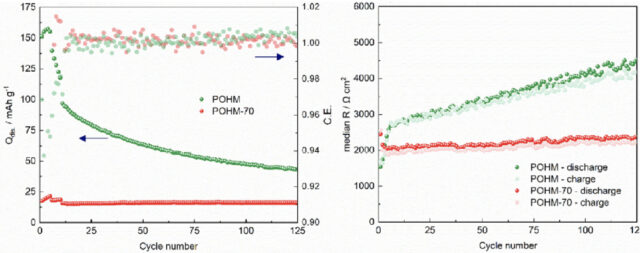The MANABIYA Program enables researchers from other institutes, universities, and companies to come to ICReDD for a short-term period of training and joint research. The following paper includes contributions that were made possible by the participation of lead author Rassmus Andersson and second author Isabell L. Johansson in the MANABIYA Program in 2023. They each worked with the group of Prof. Yasuhide Inokuma at ICReDD for one month, learning techniques for polyketone synthesis. At the time of participation in MANABIYA, Rassmus and Isabell were PhD students at Uppsala University in the lab of Prof. Jonas Mindemark.
This paper investigated the potential for using a polyketone called poly(1-oxoheptamethylene) (POHM) as a solid electrolyte in lithium-ion batteries operating at high temperatures, in place of liquid electrolytes that generally fail at high temperatures. The paper compares the suitability of the highly crystalline POHM with that of the partially unsaturated, more amorphous analog, POHM-70, for use in high-temperature operation of lithium-ion batteries. POHM showed a high specific capacity at first but degraded over time, while POHM-70 had lower conductivity but exhibited the stability necessary for high-temperature operation. Further tuning of the polyketone composition could lead to the development of solid polymer electrolytes with both high ionic conductivity and mechanical stability.


